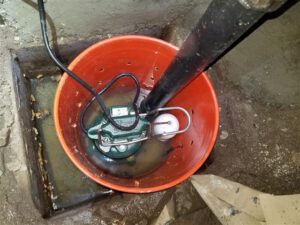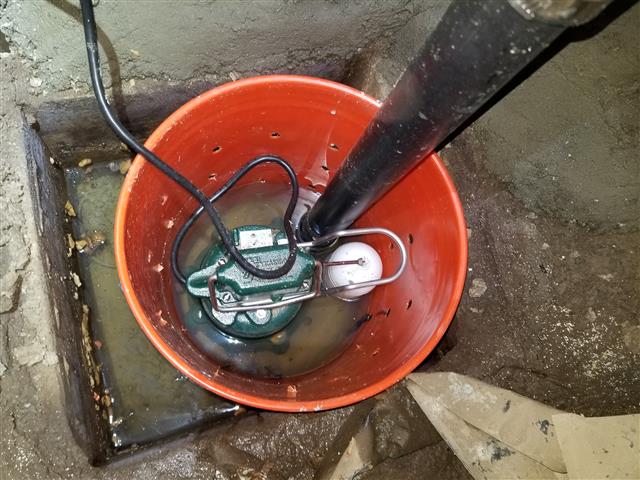If you live in an area with seasonal flooding, a sump pump can help keep your home dry and save money on water bills. A sump pump works by collecting water in a pit beneath your house and pumping it away from the foundation.

Some pumps also have a battery backup that comes on automatically if the main pump stops working. Make sure to check the battery periodically. For professional help, contact Plumbers Aurora CO.
A sump pump is a device that drains water from your basement or crawl space. It helps prevent serious flooding problems and property damage by moving excess water away from your home and to a safe location.
Sump pumps are typically located in the lowest part of your basement and are powered by electricity. All sump pumps require a receptacle, and they should be installed near an outlet that’s equipped with a ground-fault circuit interrupter (GFCI).
There are two types of sump pumps: pedestal and submersible. Pedestal pumps have the motor and their housing attached to a pit in the sump basin, while submersible sump pumps are buried beneath your home’s foundation.
Choosing which type of sump pump to buy depends on your specific needs and budget. Pedestal pumps are usually cheaper to purchase, but they’re also more noisy and can’t handle as much water as a submersible model.
Before you install your sump pump, it’s important to make sure it’s positioned properly and that the float ball is free to move. If the float ball gets stuck, your sump pump won’t be able to function.
Once the pump is in place, it can be unplugged and tested to ensure it’s working. Pour a small amount of water into the sump pit to test it, and stay around for about 10 minutes after it’s activated to make sure that it actually discharges water.
You should also check that the GFCI electrical outlet is on and that power is running to your sump pump. Occasionally, the GFCI will erroneously turn off on its own, which is not only unsafe, but also will render your sump pump useless.
It’s best to have a licensed and experienced plumber install your sump pump, as they have the proper tools for the job. They’ll also have the experience needed to ensure that your sump pump works correctly and efficiently, preventing floods and water damage.
It’s a good idea to replace your sump pump every seven to 10 years. This is based on the frequency of use, how long it runs, and the volume of water it has to pump out.
A sump pump is an important part of any home’s water management system. It helps remove excess groundwater that otherwise would cause flooding and damage to a basement or crawlspace. It also eliminates standing water in low-lying areas outside the house that create a breeding ground for mosquitoes.
The pump itself is a motor with a fan-like device that pushes water out through a pipe. The motor is powered by electricity or by water pressure from a municipal water supply. Some pumps are also battery-powered, and some come with a backup battery for emergencies like power outages or prolonged periods of severe flooding.
In most homes, a sump pump is installed in a pit or basin at the lowest point of your home, usually in a basement or crawl space. The pit or basin is usually lined to prevent leaks. It has a discharge pipe that directs the pumped water outside to a suitable drainage location, such as a dry well or a sewer, if local regulations allow.
Typically, the pump is triggered by a pressure sensor or an activator arm. The sensor activates the motor and starts pumping when the water in the sump pit reaches a certain height. The activated motor then starts moving water up the discharge pipe and out of the pit, and it stops when the water drops below a certain level.

